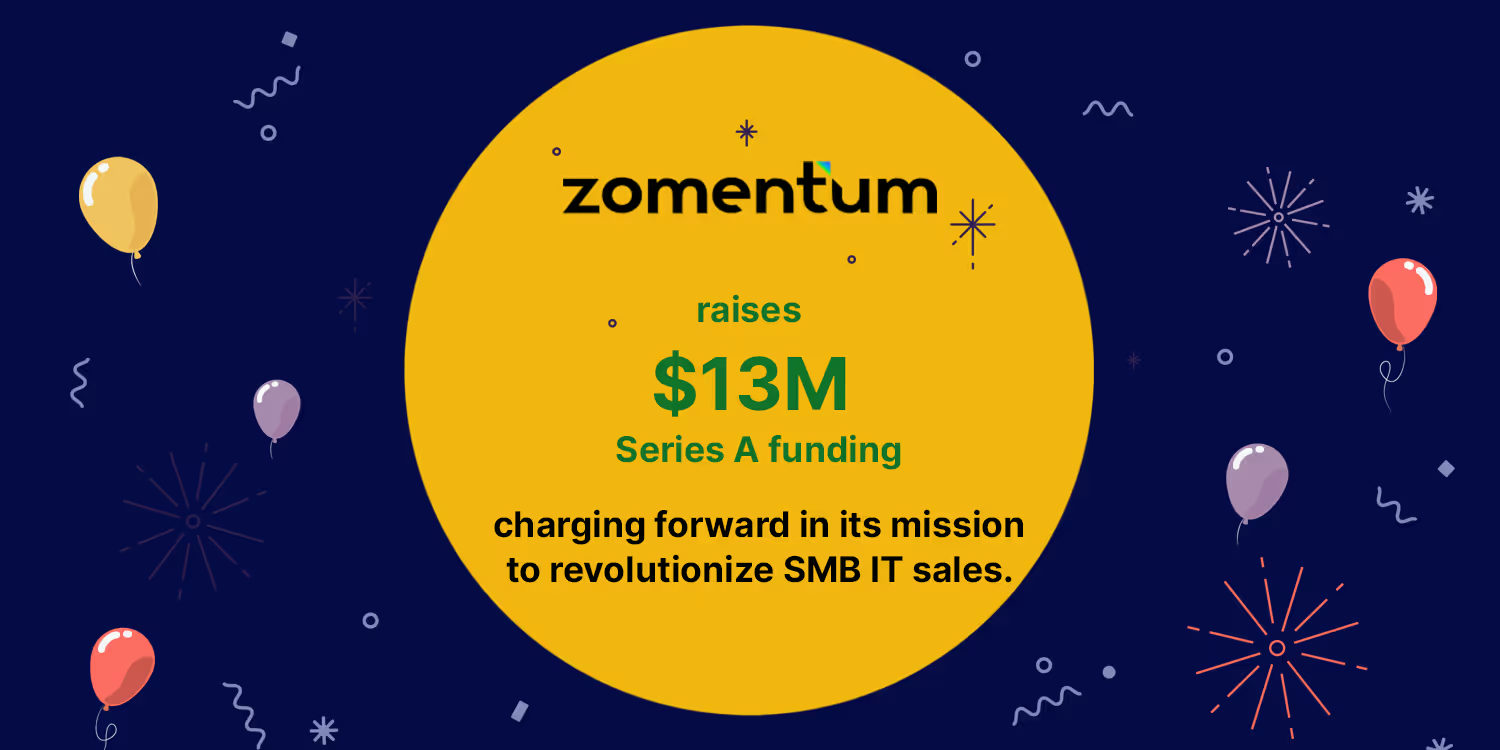What Does the Best Sales Proposals Content Have in Common

When a prospect has already decided whether to buy or not to buy, a sales proposal is considered a mere formality.
At other times the prospect makes a buying decision based on the sales proposal sent, then it becomes the most important document in the sales cycle.
Usually, the sales proposal or the business proposal is reviewed by all decision-makers and stakeholders involved in the purchase. It is only wise that sales teams craft the document as if the closure of the deal rests on it.
In this post, we try to list down everything we know and learned from our customers about the best sales proposal in the industry.
Here are five elements commonly present in the best of the best business proposals, making it the way it needs to be - persuasive and powerful.
The executive summary
Irrespective of the length of the business proposal (be it one page or 20 pages) it is imperative to lead with an executive summary. Starting with the technical aspects of a product or service can be tempting; it might even appeal to proactive buyers and decision makers. However, most prospects and many high-level influencers are more interested in getting a quick answer to the question - What’s in it for us?
Accordingly, the business proposal format should begin with an executive summary that briefly outlines:
· A description of the product or service offered
· The key benefits that the product or service bring to the buyer
· Why the product or service should be purchased (solution for a problem they have)
· A note on the warranties, guarantees, or any special terms that may apply
Some sales teams make the mistake of putting the executive summary at the end of the business proposal rather than starting with it. Though a summary can be used as the conclusion, it might not work for prospects who prefer (in most cases) to get a quick overview of the contents in the document, before digging into sections that they think is most relevant to them.
Just the right level of detail
Usually, problems arise when business proposals are too long or too short. Being too sketchy on the details may give rise to the feeling that the seller is poorly organized. Being excessively detailed may make the prospect think that the seller is being aggressive.
If the product or service is highly technical or expensive-to-implement, then the business proposal naturally has to detail the specifications, terms and warranties. It is always wise to sidestep industry jargon and abbreviations that your prospects might not understand. Ideally, sales teams should stick to the usage of layman terms i.e., something that anyone can understand without the need for clarifications. Good editing boosts the proposal’s persuasive power by making the message clearer and more concise.
Ideally, get someone to proofread your proposal documents; preferably someone who is not from sales or tech teams to give you basic feedback on the ease of understanding and length.
We suggest not more than 6 pages to be present in a proposal document; that’s on the higher side, without including the service agreement.
Value proposition and benefit statement
There is usually a bit of contemplation and delay when it comes to making a buying decision, unless the prospect has a problem that needs to be fixed immediately. This makes it imperative to give prospects a reason to buy now.
Sales teams often think that the value of their product or service speaks for itself. Even when the sales proposal precisely articulates the business value, many customers might not be able to align this value with their own business.
Be as specific as possible, you would want to define this value in a way that it makes sense for the business of the customer.
An outline of subsequent steps
Nothing is more annoying than getting a sales proposal without a section on what to do next to get these products or services. Should we call the sales rep or go to the website to pay? Is there a meeting that needs to be scheduled?
Next steps if defined in advance not only speeds up the process but also adds to the trust that the customer has on the sales rep and the company.
It is ideal to craft the last page of the proposal with language such as, “To proceed, please contact us at (email or phone number).” Sometimes, the closing can be taken a step further by basically turning the proposal into a contract by seeking acceptance and requesting information like:
· A signature in acceptance of the proposal
· A check-box list of the desired features to be included
· A check-box to confirm the pricing
· Other information needed to complete the order
This part of the proposal is even more effective when it is reviewed in person with the prospect—the salesperson may walk out of the customer’s office with the order in hand.
Design and readability
The design of the business proposal is just as important as the text. A shoddy business proposal format and design can deter prospects from reading the proposal, and even worse, convey a negative image of the brand.
Here are the key elements of a robust design:
· Fonts that are easy to read
· Very little variation in font types, size or color
· High contrast text
· Shorter paragraphs and persuasive subheads
· Bulleted lists
· Ample white space
· High-res images and graphics for enhanced readability
· Easy-to-read on mobile devices
It is important to ensure that the business proposal does not make way for bad surprises—any “fine print” needs to be discussed with the prospect well in advance. Overcoming objections before delivering the business proposal often makes it much easier for the prospect to understand, process and ultimately sign the proposal.
A business proposal is most effective if it is as user-friendly as possible, with regards to both messaging and simplicity, ease of reading, enabling the prospect to quickly take the next step.
What are your thoughts?
Suggested Blogs

What’s new in Zomentum - December 2019
.avif)
Zomentum Announces the Top Influential Partners of 2023: Leading the Way in Growth and Innovation

